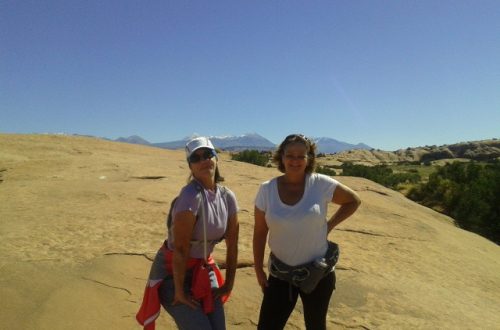A Look Inside High School
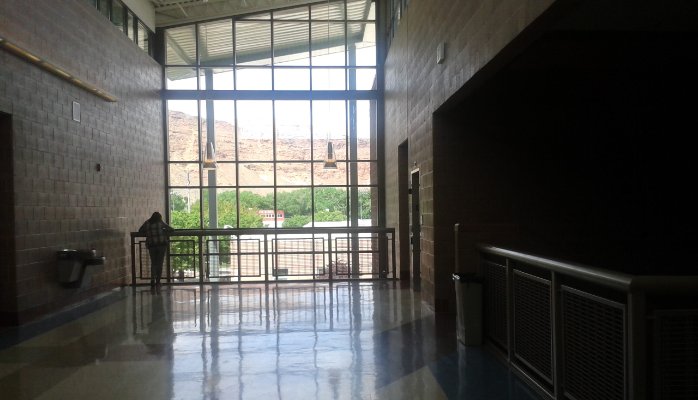
A Look Inside High School
If you have ever watched the TV program the Big Bang Theory, just know that there is some truth to their intellectually humorous satire and your child's high school classroom. Everyone wants to be the best at something.
At first I thought about naming this piece A look inside - if you dare". Thinking better of that, I choose to mellow it down a bit. Especially considering that a large number of parents are just grateful if their child is passing, let alone a Sterling Scholar. What really goes on inside any typical classroom and on the campus grounds, really could be a great story write up for the next Big Bang episode. The good news is that a lot of work does go on in the classrooms. That is in part due to the many great teachers and the tenacity of the students they serve.
The good news is that a lot of work does go on in the classrooms. That is in part due to the many great teachers and the tenacity of the students they serve.
Teenagers are like sponges that absorb data at an astronomical rate. But It's not how much they absorb, but rather the type of data, and the how that data is being stored. Imagine if you will that students have these shelves where they put away things in their minds for later use. Only certain stuff gets to go onto these shelves, and only they get to decide what it is. Welcome to high school.
Asynchronous vs Synchronous Approaches
The traditional approach
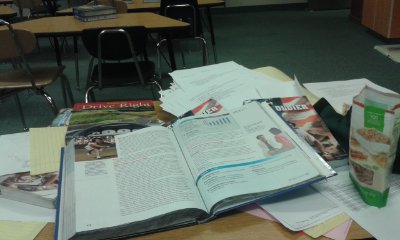 It's one thing to take notes in class, but another thing altogether to retrieve what you actually need from those notes. A good number of teachers like to give students the lecture notes first, and then let them read through the material. Some even allow the students to watch a video on the topic before lecturing. After they have had time to put a few things on the shelves inside their minds, students are then tested on that stored knowledge.
It's one thing to take notes in class, but another thing altogether to retrieve what you actually need from those notes. A good number of teachers like to give students the lecture notes first, and then let them read through the material. Some even allow the students to watch a video on the topic before lecturing. After they have had time to put a few things on the shelves inside their minds, students are then tested on that stored knowledge.
But how much do these teaching methods really measure knowledge or subskills? What midterm or quarterly evaluations have been performed in the classroom to measure the success of this teaching method? Is there a way to modify the method to include all student learning preferences?
The problem today's technological generation has with the traditional method of instruction, is that they are bored - so they tend to skim over key elements of learning. Besides, they can go online and get current information that may not be included in the current version of the classroom books available to them. They want pictures and movies, and collaboration with others.
Students aren't interested in reading from a book written in the year 2000; and they will give you any amount of excuses why they don't want to study or learn from it. The most popular excuse I overheard last week was from a Sterling Scholar was, "the teacher's going to come back and lecture on it anyways, so I don't need to read it".
Today's students want information now! I hate to tell them, but knowledge isn't gained that way. It takes 10,000 hours to become an expert. You can memorize all you want, and then purge it after a test - that doesn't prove you are intelligent, creative, or innovative. It just means you learned how to memorize things in the short term.
It takes 10,000 hours to become an expert.
Reading can be an enjoyable experience. Sitting down and reading a good novel can help relax the mind and body. How do we get learners to want to read and find that same enjoyment? What methods aren't working? We need to identify those methods that don't work, and either modify them or do away with them completely.
Many students have a really hard time sitting and just reading out of a book. I did as a kid; probably a lot of you did as well. I got my fair share of dips and spikes on the bell curve because of it; but I was distracted - I was a kid. Distracted learning isn't new, a lot of students need extra stimuli to be creative. So give it to them!
The traditional approach or asynchronous approach is still a valid methodology of teaching, but is losing ground in many areas. When you use a method that is strictly asynchronously designed, that simply gives you privilege to move on to another task before the first one is finished. This method doesn't help build creativity nor foster innovation in students. It just rushes them throw a few steps to hurry along to the next.
Today's modern student wants Snapchat speed with information gathering. You put these types of learners in a traditional classroom and they are going to look at you like you are from Mars. Since the majority of high school student have a cell phone or ipod, or access to someone else's, they get bored easily in a traditional setting.
You are from Mars.
The bigger problem with an asynchronous learning environment that I find, is that not every student learns exactly the same, and many are falling through the cracks because of how they gather and store information. If their storage doesn't match student A's or Student B's information, or they don't progress at the same level - they are marked or placed in special classes, or just flunk out. Granted there are students who need this type of environment, but to say this is the environment for all students is antiquated thinking. Technology has transformed the classroom, but many instructors are still not getting it. The classroom has moved on, and rightfully so.
Adjusting to a new learning environment
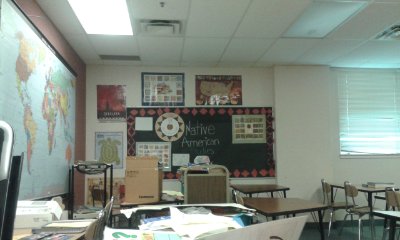 Allowing students to progress and learn at their own pace is called synchronous learning. When you wait for them to finish the task before moving on to another task, that helps students to put more data on their shelves inside their minds. We want those students to absorb as much as they can. College and technical schools will require certain skills that even the best high school student will struggle with. Higher education is there to test your students, so high schools need to buck up and make sure those knowledge shelves are full!
Allowing students to progress and learn at their own pace is called synchronous learning. When you wait for them to finish the task before moving on to another task, that helps students to put more data on their shelves inside their minds. We want those students to absorb as much as they can. College and technical schools will require certain skills that even the best high school student will struggle with. Higher education is there to test your students, so high schools need to buck up and make sure those knowledge shelves are full!
For example, learning about culture can't be learned in one chapter or one class period. Culture is a rich and fascinating study, but we have to let our students take the time to absorb the material. It's not about just learning dates in time, and names, and places. It's more about learning the story content and building memory blocks to store from that content. It's about learning how something started and why, and how problems were solved. Better yet, how learning about the past affects our own culture today.
Allowing students to talk to each other and collaborate on what it is they have learned is important. Identifying with each other and guiding their own experiences - that's open learning, student-led learning - synchronous learning.
Being a teenager is a tough transition in life. Like the gang in the Big Bang theory, students are still trying to figure out the dynamics of everyday living, and adjusting to new learning concepts being thrown at them daily.
Wouldn't you much rather have your high school student building networks of like-minded thinkers who can sit and discuss topics related to educational matters, rather than just be bound by the binding of an outdated book they are required to read? Education is more than just reading. So much more. Technology has provided a means to help students reach greater potential.
The problem isn't with the students as much as it is with the instructors who refuse to use technology. Unfortunately, technology is where the students are. We live in the digital age. Special education and behavioral students do not do well in a traditional classroom where they are forced to sit and read for hours on end. It's like torture to them. Even students who don't have problems are bored with the traditional environments. It's time to stop being afraid of technology and allow students to excel in an approach that will help them progress at their own pace.
There is so much to be gained from technology to help students. Here are a few simple ideas:
- iPods for online research
- Social networking for instructors
- Online student blogs
- Webquests
- Powerpoint reviews
- Twitter in the classroom
- Technology is a great way to supplement your lesson plans
- Create class webpages in history or art,etc
- Online grading
- Email exchange
- Teachers should check out Google Classroom
Doug Johnson wrote an article about Seven brilliant things teachers do with technology His perceptive is to put kids in touch with the world. He has some good thoughts for both parents and educators a like. It's worth the read
The first step in helping students, parents and educators, is to acknowledge that technology is here to stay -and it is in nearly every aspect of society. It's up to the parents and educators to help our tech-savvy students learn in the best environment that fosters learning, and appreciate the world they are engaged in.
Hands on approach
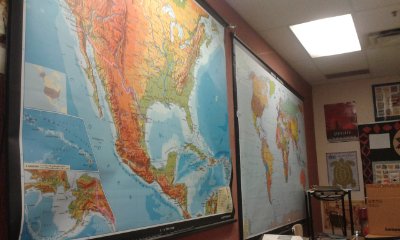 I love walking into a classroom that has stuff on the walls. Stuff like Maps, and posters and art, and memorabilia. A classroom doesn't have to be neat and tidy clean either - just rich in content.
I love walking into a classroom that has stuff on the walls. Stuff like Maps, and posters and art, and memorabilia. A classroom doesn't have to be neat and tidy clean either - just rich in content.
Maps add great content to a room. Maps are interactive without even trying. They just naturally draw ones attention to them. Maps are to be read, and push pins work great for laying out routes on a map.
Students in high school still need to do hands on work. They need to be engaged in conversation with each other, discussing educational topics. They need to be engaged and motivated in conversation that makes them think, and want to learn. Its fun when you have others working with you. It's a great way to build lasting social networks. Stick a bunch of learners together from different backgrounds and give them a map - watch what they do.
Physical Education (it's about the whole student)
Sitting alone and being quiet - I know I can't do that for long. I can't expect students to do that either. If you sit for 30 minutes, then you need to stand or move around for a minute or two afterwards. People were not built to sit for extended periods of time without movement. Bad backs are a result of improper knowledge of the human body. Stand up! Stretch. There is nothing wrong with building strong posture into your classroom curriculum. You will find your students will be happier if you do. Develop standing assignments where students have to go to a blackboard and write, or push pins into a map.
There is nothing wrong with building strong posture into your classroom curriculum
There is a study out right now about building desks for students to stand at instead of sitting. That is the best study I have seen in a long time. Written by ByHolly Korbey, the article is called How Standing Desks Can Help Students Focus in the Classroom . Kids wiggle - let them. Wiggling isn't a bad thing. Forcing a kid to sit for 6 hours a day like a robot - that's bad. Then they go home and sit some more.
Forcing a kid to sit for 6 hours a day like a robot - that's bad.
Physical Education is only as good as the effort you put into it. Students are being educated that money is wealth. That is an absurd way of teaching students. Your health is your wealth. It does you little good to have money if you aren't going to be able to enjoy it due to poor health later on.
You can see why it might be a good idea for your student to have a standing desk. Spare them the backaches you suffer from today - in order that they may enjoy any anticipated wealth to come.
Your health is your wealth.

Teachers have a tough job. They are responsible for the education of the next generation of thinkers. Times are changing, and the classrooms of yesterday are joining with the new classrooms filled with engaging and collaborative thinkers.
We want the best for the next generation in all aspects of their lives. It is important that we look into the classrooms and we explore what takes place there. But we have to do it objectively, knowing that many schools have limited resources. We also have to train the trainers to more effectively use the technology they have. Colleges and universities are graduating more tech-savvy instructors who will be able to do just that. That is good news!
We also have to train our current instructors in the most modern teaching techniques, and in the latest technology available. New schools of thought are springing up everywhere. Our students deserve to be a part of that new thought. Our society depends on it. We have to meet our students where they live. Technology is that open door.
You May Also Like

Leadership and Power – Guide or Dictator?
May 13, 2021
Leadership, Social Media, Community Outreach, Research and Training
January 25, 2021